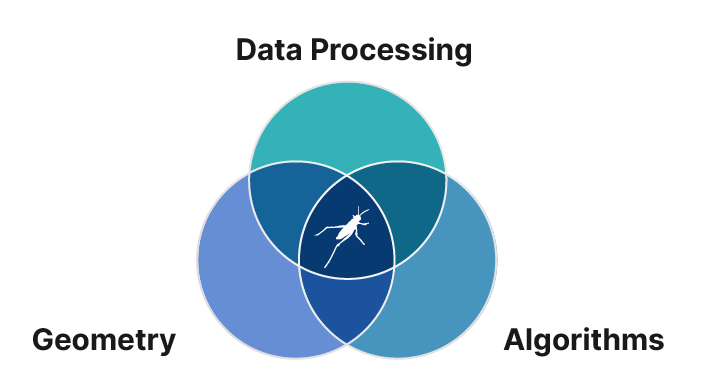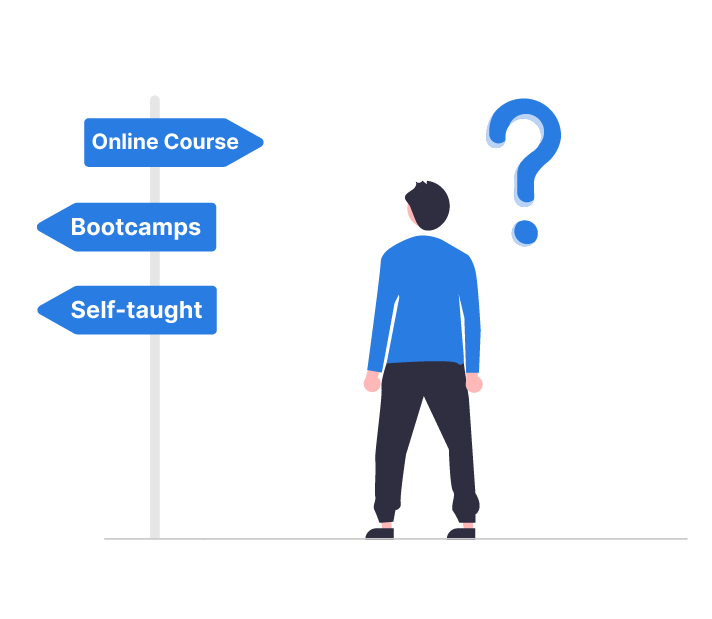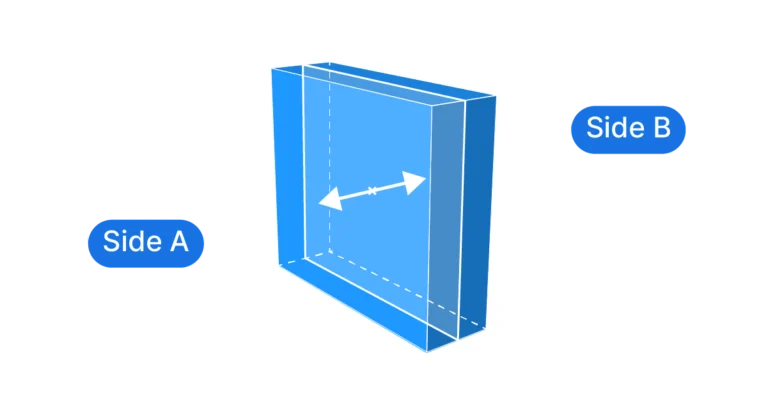Everyone in the architecture world knows: Grasshopper is the design tool to beat when it comes to creating world-class designs. But while many architects attempt to learn Grasshopper, eager to introduce parametric design to their design toolkit, few are successful in mastering it.
Unlike a normal design software, like Revit, or CAD programs like Rhino or AutoCAD, Grasshopper is a visual programming environment with a software-like interface. In short, there is more than meets the eye. Learning Grasshopper therefore takes more than reading a manual or following a few tutorials. But what’s the best way to learn it and master parametric design?
In this post, we’ll discuss the best ways to learn Grasshopper for Architecture. Let’s dive in!
Step 1: The Grasshopper Learning Curve
Grasshopper, while immensely powerful, does carry a steep learning curve. Many architects embark on this journey with the excitement and anticipation of being able to create sophisticated designs, only to be met with complexities and challenges that can be frustrating and discouraging. I’ve been there – fighting my way through the labyrinth of nodes and wires, spending hours just to get one step closer to what I want the program to do.
The reason ‘getting it’ takes a bit longer compared to normal software, is that to master Grasshopper you need a mix of the following:
- a solid grasp of geometry
- an understanding of programmatic data processing
- the ability to create algorithms

The thing that Grasshopper students often get frustrated with, is that unless you master all three of these areas, you won’t be able to use Grasshopper to its full potential.
It took me three years of testing, trying and learning before I felt confident using it, but today I can’t imagine designing without it. While the countless hours I invested in learning it were worth it, there are better ways to learn Grasshopper more effectively.
Step 2: Choosing Your Grasshopper Learning Path

A. The Rigorous Road: Self-Taught Learning
Learning Grasshopper on your own is arguably the hardest and most time-consuming path. If you go this route, you’ll be scouring the internet for resources, and there is no shortage of them! Between Youtube tutorials, Grasshopper forums and guides, there is a lot of material out there to learn from.
The challenge is that the availability of these resources dwindles significantly as you advance through the learning curve: while there is an infinite amount of tutorials and guides about getting started, there are fewer and fewer resources to guide you as you progress to the intermediate level, let alone an advanced level.
If you choose to embark on a self-taught journey, be ready to spend a good amount of time looking for resources and then piecing together a learning pathway. While rewarding in its victories, this path is often riddled with roadblocks and detours.
Recommended if you have time to spare and you like figuring things out on your own! (I learned it this way!)
B. Sprinting Ahead: Grasshopper Bootcamps
Bootcamps offer an intensive, immersive learning experience. Grasshopper bootcamps usually last 2-5 days and require on-site attendance. You will be learning with a group of like-minded architects and a instructor will guide you through a curriculum, with everyone following along on their own machines.
The best part of bootcamps is their immersive nature. Since you are in a dedicated space, you are forced to focus and spend several days using, working with, and learning about Grasshopper. Bootcamps are a popular format for architecture firms looking to upskill their team members.
In my experience, bootcamps are effective if two conditions are met: you continue using Grasshopper right after the course, and you have an expert within reach you can consult once you run into inevitable challenges. The drawbacks of bootcamps are that they give you a feeling of confidence that fades quickly as you try and build scripts on your own. In addition, the condensed nature of the format means that unless you immediately apply it, you are likely to forget what you’ve learned quickly. Also, the group setting means that the teaching will move a slower pace, to ensure everyone can follow.
Choose bootcamps if you are looking to kickstart your Grasshopper journey, but don’t expect anything beyond beginner/intermediate level results.
C. Steady Wins the Race: Grasshopper Online Courses
Grasshopper online courses offer self-paced learning on dedicated learning platforms. Online courses as a teaching medium have developed a lot in recent years. New courses combine video lessons with quizzes and assignments, making sure to keep the students engaged and motivated. They marry structure with flexibility, providing a sequenced learning pathway that adapts to your schedule.
Unlike bootcamps that cram knowledge into a few days, the fact that you can learn a bit at a time means that your retention of the learned material will be better. It’s a more sustainable way of absorbing information. After all, we learned how to walk by trying a bit every day, not by trying hard all day long.
A well-structured Grasshopper course is similar to the self-taught method, only that instead of looking for resources, you get all the resources you need already laid out in a structured order, speeding up the learning process probably a 100-fold!
The big benefit is that a good Grasshopper course will give you an overview over all the things that you need to learn for architecture- it gives you a map that you can follow. My biggest issue being self-taught was that I didn’t know what I didn’t know… And I paid for it with my time.
Step 3: Tailoring Your Learning to Your Specialization
The mantra of “jack of all trades, master of none” echoes truthfully here.
Grasshopper and Rhino are used by a large variety of design fields, from jewelry designers to structural engineers. While the program is the same, architects and engineers use Grasshopper very differently. The reason is that we are using different abilities of this versatile tool. Each specialty uses its own techniques and algorithms. Designing a diamond ring and a facade requires very different techniques!
Your architectural specialty therefore demands a bespoke learning pathway in Grasshopper. Courses that not only teach Grasshopper, but also teach how to use Grasshopper for your industry-specific needs not only streamline the learning process but also render it immediately applicable and rewarding.
Conclusion: Your Path to Mastering Grasshopper
In summary, the best way to learn Grasshopper for architecture, is a fusion of choosing an optimal learning path and ensuring its alignment with your professional specialization. Reflect on your learning style, your career aspirations, and your professional context as you chart this journey.
Here are some practical recommendations to ensure your learning success:
- Establish Clear Objectives: Clearly identify what you want to be able to create with Grasshopper.
- Set Milestones: Mark progressive learning checkpoints.
- Allocate Dedicated Learning Time: Ensure consistent, uninterrupted learning sessions.
- Apply As You Learn: This is a big one. The best way to learn Grasshopper is to use it to build something you need. A real design task. Embed learning through practical application in real-time projects.
- Celebrate Milestones: Acknowledge and reward your progress. If you have peers learning it at the same time, share your experiences and learn from each other. It will keep you accountable and motivated!
Unlock the unparalleled design capabilities of Grasshopper and propel your architectural creations into new dimensions with our specialized online course: Grasshopper Pro. Enroll now and transform not just your designs, but your entire design process!
Happy designing!






